What You Need To Know About Activated Charcoal: Unlocking the 16 Incredible Benefits of Activated Charcoal
A Guide to Activated Charcoal: Unlocking the 16 Incredible Benefits of Activated Charcoal
Overview
Have you heard about activated charcoal? It’s been gaining popularity as a natural remedy and skincare ingredient in recent years. Often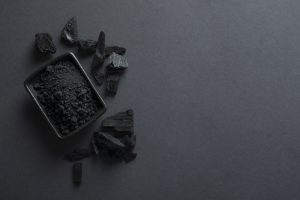
What is Activated Charcoal? – The Science Behind Activated Carbon
Activated charcoal, also known as activated carbon, is a fine black powder made from carbon-rich materials, such as coconut shells, wood, peat, or sawdust. Activated carbon undergoes a specific activation process to create a highly porous structure. This unique structure gives activated carbon a massive surface area, providing it with exceptional adsorption capabilities.
The activation process involves heating these materials at high temperatures in the presence of a gas like nitrogen or steam, typically between 600 to 900 degrees Celsius, in the absence of oxygen. This process creates millions of tiny pores and a vast surface area, giving activated carbon its highly adsorbent properties. This thermal treatment causes the carbon atoms to rearrange, creating a network of pores and increasing the surface area by up to 800 to 1000 square meters per gram!
The material used for producing activated carbon can impact its characteristics and effectiveness. For instance, activated carbon made from coconut shells is considered to have superior adsorption capabilities compared to those derived from other sources.
How Activated Charcoal Works
Activated charcoal’s incredible adsorption capacity is due to its porous structure. The activation process creates a vast network of tiny pores that can trap and bind a wide range of substances, including toxins, gases, and chemicals. When these particles come into contact with the surface of activated carbon, they are attracted and bound to its pores, preventing them from being absorbed by the body.
Benefits of Activated Charcoal
The extent of these additional benefits may vary from person to person, and not all uses have been extensively studied. Always exercise caution and consider consulting with professionals or experts before trying any new applications of activated charcoal.
It’s fascinating to see how activated carbon ‘s remarkable adsorbent properties make it a useful and versatile substance for various practical applications, contributing to a healthier and cleaner environment both inside and outside our bodies. With that said, here are some benefits to consider.
- Digestive Health: When ingested, activated carbon can bind to toxins, gas, and other chemicals in the digestive tract, preventing their absorption into the bloodstream. This can help alleviate symptoms of gas, bloating, and indigestion.
- Detoxification: Activated charcoal is widely used in emergency rooms to treat cases of drug overdose or poisoning. By binding to toxins and chemicals, it can limit their absorption and facilitate their elimination from the body.
- Teeth Whitening: In dental care, activated carbon is used as a natural teeth-whitening agent. It acts as a gentle abrasive, removing surface stains from teeth caused by coffee, tea, or red wine.
- Skincare: Due to its adsorbent properties, activated carbon is a popular ingredient in skincare products. It can draw out impurities, excess oil, and dirt from the skin, making it beneficial for those with oily or acne-prone skin.
- Flatulence and Bloating Relief: Activated charcoal can be especially useful for reducing gas and bloating caused by certain foods or digestive issues. Taking activated carbon before or after a meal may help alleviate discomfort and promote better digestion.
- Hangover Remedy: Some people use activated carbon as a hangover remedy by taking it after a night of excessive alcohol consumption. It is believed that activated carbon can help absorb alcohol toxins and reduce hangover symptoms. However, remember that the most effective way to prevent a hangover is to drink alcohol in moderation and stay hydrated.
- Emergency Poisoning Treatment: As mentioned earlier, activated carbon is used in emergency rooms to treat cases of poisoning or drug overdose. If accidental poisoning occurs, seek immediate medical attention, and do not attempt to treat it with activated carbon at home.
- Stain Removal: Aside from teeth whitening, activated carbon can also help remove stains from fabrics, like clothes and carpets. Make a paste using activated carbon powder and water, apply it to the stain, and let it sit before washing or blotting it away.
- Skin Exfoliation: Due to its gentle abrasive nature, activated carbon can be used as an exfoliant to remove dead skin cells and unclog pores. When combined with natural exfoliants like oatmeal or sugar, it can create an effective scrub for smoother and brighter skin.
- Scalp Treatment: For those struggling with a flaky or itchy scalp, activated carbon can be beneficial. Incorporate it into your hair care routine by mixing a small amount of activated carbon powder with your regular shampoo. Massage it into your scalp to help absorb excess oil and impurities.
- Wound Healing: Activated charcoal’s adsorbent properties can help cleanse and promote healing in minor cuts and wounds. Applying a paste of activated carbon and water to the affected area may aid in reducing bacteria and speeding up the healing process.
- Mold and Odor Removal: Activated charcoal is known for its ability to absorb odors and combat mildew and mold. Placing activated carbon in small containers in areas prone to moisture, such as bathrooms or closets, can help reduce unwanted smells and prevent mold growth.
- Hair Volume and Shine: For those with oily hair, using activated carbon can help reduce excess oil and add volume and shine. A hair mask made from activated carbon, aloe vera gel, and apple cider vinegar can invigorate your locks and leave them looking luscious.
- Allergy Relief: Some individuals use activated carbon to alleviate allergy symptoms. While more research is needed in this area, it is thought that activated carbon might help by adsorbing allergens and reducing their impact on the body.
- Pet Care: Activated charcoal can be used for pets too. It’s often administered to animals to treat accidental poisoning or ingestion of toxic substances. However, always consult with a veterinarian before using it for your pets.
- Air Purification: activated carbon can be utilized as a natural air purifier. Placing bowls of activated carbon around your home can help absorb odors and pollutants, making the air fresher and more pleasant.
What are some Uses for Activated Charcoal?

Activated Charcoal in Skincare and Beauty Products: The beauty industry has activated carbon for its ability to purify and detoxify the skin. In skincare products like face masks, cleansers, and exfoliators, activated carbon’s porous structure enables it to draw out impurities, dirt, excess oil, and other pollutants from the skin’s surface. This can leave the skin feeling refreshed and rejuvenated. However, individuals with sensitive skin should be cautious as excessive or frequent use may lead to dryness or irritation.
Water Purification and Activated Charcoal: Activated charcoal’s adsorption power extends beyond skincare and medicine; it has a significant role in water treatment as well. In municipal water treatment plants and home filtration systems, activated carbon is commonly used to remove impurities, organic compounds, chlorine, and unpleasant odors or tastes from drinking water. The large surface area of activated carbon efficiently traps these contaminants, resulting in cleaner and better-tasting water.
Dental Use of Activated Charcoal: Activated charcoal has even found its way into dental care products, particularly in some toothpaste formulations. It is claimed that the adsorptive properties of activated carbon can help remove surface stains from teeth and contribute to teeth whitening. However, dental professionals have raised concerns about its potential abrasive nature, which might lead to enamel wear if used too aggressively or frequently.
Using Activated Charcoal Naturally
Digestive Aid: To use activated carbon for digestive health, mix a teaspoon of food-grade activated carbon powder in a glass of water and drink it about an hour before or after meals. Ensure adequate water intake throughout the day.
DIY Face Mask: For a simple face mask, combine activated charcoal powder with aloe vera gel or water to form a paste. Apply the mask to your face, avoiding the eyes and lips, and let it sit for 10-15 minutes before rinsing it off with water.
Teeth Whitening: To whiten teeth, dampen your toothbrush and dip it into activated carbon powder. Gently brush your teeth for 1-2 minutes, then thoroughly rinse your mouth and brush with regular toothpaste to remove any residue.
What else should I know about activated charcoal?
Here are some additional important points to know about activated charcoal:
- Shelf Life: activated carbon has a relatively long shelf life if stored properly. It should be kept in an airtight container, away from moisture, heat, and direct sunlight. When stored correctly, it can last up to two years.
- Dosage: When using activated carbon internally, it’s essential to follow the recommended dosage. Typically, a common dosage is 500 to 1,000 milligrams taken two hours before or after meals, but always consult a healthcare professional for personalized advice.
- Not an Absorption Remedy: It’s crucial to distinguish between adsorption and absorption when discussing activated carbon. Adsorption is the process where substances stick to the surface of activated carbon, while absorption involves the substances being incorporated into the charcoal itself. activated carbon does not absorb nutrients or vitamins from your body, only adsorbs certain harmful substances.
- Activated Charcoal for Water Filtration: Activated charcoal is commonly used in water filtration systems to remove impurities, contaminants, and odors. It’s an effective and eco-friendly way to purify drinking water. However, make sure to use activated carbon specifically designed for water filtration purposes.
- Medical Uses: Beyond its role in emergency rooms for treating poisoning, activated carbon is also used in medical settings for specific gastrointestinal conditions and to improve kidney function in certain instances. These medical applications require professional supervision and should not be attempted without medical guidance.
- Avoid Use During Pregnancy: Pregnant women should avoid using activated carbon without consulting their healthcare provider. Its effects on pregnancy and breastfeeding are not well-studied, so caution is advised.
- Stain Removal: Aside from teeth whitening, activated carbon can also help remove stains from fabrics, like clothes and carpets. Make a paste using activated carbon powder and water, apply it to the stain, and let it sit before washing or blotting it away.
- Charcoal Pills vs. Powder: Activated charcoal is available in both pill and powder forms. Charcoal pills are convenient for dosing, especially when using it for digestive issues or bloating. On the other hand, the powder form is versatile and can be used for various applications like teeth whitening and skincare.
- Environmental Impact: When using activated carbon for personal care or skin care purposes, make sure to dispose of any residual charcoal responsibly. Do not flush it down the drain, as it may contribute to water pollution. Instead, discard it in the trash.
Remember that while activated carbon has several beneficial uses, it is not a replacement for professional medical care. Always consult with a qualified healthcare provider or expert before using activated carbon or any other natural remedy, especially if you have pre-existing health conditions or are taking medications.
With these details in mind, you can safely and effectively incorporate activated carbon into your life, reaping its various benefits while being mindful of its potential risks and limitations.
Risks and Precautions
Medication Interference: Activated charcoal can interfere with the absorption of medications, including prescription drugs and supplements. It’s crucial to consult with a healthcare professional before using activated carbon if you are taking any medications.
Dehydration: Activated charcoal can lead to dehydration if not used with adequate water intake. To prevent constipation and dehydration, it’s essential to drink plenty of water when using activated carbon.
Staining: While activated carbon can whiten teeth, it can also potentially stain dental restorations like crowns and veneers. It’s best to avoid direct contact with dental work when using activated carbon for teeth whitening.
Not for Daily Use: Activated charcoal is not meant for daily or prolonged use. It is typically used for specific purposes, such as occasional detoxification or short-term treatments.
Choosing the Right Activated Charcoal
Source: Look for activated carbon derived from natural sources like coconut shells or wood. Avoid products with artificial additives or chemicals.
Fineness: Opt for a fine powder that can easily mix in liquids and spreads evenly in skincare applications.
Purity: Check the product’s label for activated charcoal with high purity levels, free from contaminants and heavy metals.
After Thoughts
Activated charcoal is a versatile and beneficial natural remedy when used responsibly. It offers digestive support, aids in detoxification, helps whiten teeth, and improves skin care. However, it’s essential to be aware of potential risks and consult with healthcare professionals before using it, especially if you are taking medications or have existing health conditions. By choosing high-quality, food-grade activated carbon derived from natural sources, you can safely harness its many benefits for your well-being.
For natural and healing remedies, products, and supplements that can help you live your most optimal healthy life, visit our store here!
To Your Health!
References:
- Tintinalli, J. E., Kelen, G. D., & Stapczynski, J. S. (Eds.). (2015). Emergency Medicine: A Comprehensive Study Guide. McGraw-Hill Education.
- Levin, J., & Momin, S. B. (2010). How much do we really know about our favorite cosmeceutical ingredients? Journal of Clinical and Aesthetic Dermatology, 3(2), 22-41.
- Chen, N., Yang, K., & Zhou, Q. (2011). Effects of pH, ion strength, natural organic matter, and pre-oxidation on the removal of bisphenol A by powdered activated carbon. Journal of Hazardous Materials, 186(1), 136-143.
- Wolff, M. S. (2017). The Role of Dentifrices in Oral Health: A Review. Compendium of Continuing Education in Dentistry (Jamesburg, NJ: 1995), 38(1), 16-23.
- Liu, T., Tang, J., Chen, X., Chen, W., Liu, H., & Liu, J. (2018). A review of the development of activated carbon adsorbents for water treatment. Chemical Engineering Journal, 338, 599- 612.
- Jayasankar, S., Krithiga, G., Thangavelu, K. P., & Sivananth, K. (2015). Application of activated carbon from agricultural by-product as an adsorbent in treatment of textile industry effluent – A review. Renewable and Sustainable Energy Reviews, 49, 1167-1189.
- Messer, R. L. W., Benton, M. G., Krajicek, E. J., Gary, R. D., Meek, M. E., & Coombe, J. (2018). Scientific and Regulatory Policy Committee (SRPC) Review: Safety and Regulation of Consumer Products. Clinical Toxicology, 56(3), 149-205.
- Ruff, K. J., Morrison, D., Duncan, S. A., & Back, M. (2017). The Potential of Activated Charcoal to Reduce the Bioavailability of Dietary Polyphenols. Nutrients, 9(6), 613.
- Charcoal, Activated. (n.d.). In StatPearls [Internet]. StatPearls Publishing. Retrieved from https://www.ncbi.nlm.nih.gov/books/NBK546657/
- Gaspar LR, Campos PM. Antioxidant activity of cosmetic formulations made with Anadenanthera colubrina and its isolated compounds. Int J Cosmet Sci. 2003 Oct;25(5):219-23. doi: 10.1046/j.1467-2494.2003.00186.x. PMID: 18494961.
- Chakraborti C, Ghosh A, Chatterjee M. Effects of charcoal on healing of lower extremity wounds. Indian J Dermatol Venereol Leprol. 2008 Jul-Aug;74(4):421-4. doi: 10.4103/0378-6323.42934. PMID: 18688155.
- Vasilakis C, Juhlin L. Adverse effects of activated charcoal. J Toxicol Clin Toxicol. 1983;21(3):203-22. doi: 10.3109/15563658308990305. PMID: 6350816.
Featured Image Credit: Image by Freepik; Image by pvproductions on Freepik; Photo by Miriam Alonso: https://www.pexels.com/photo/woman-reading-book-in-skin-care-face-mask-7622933/;

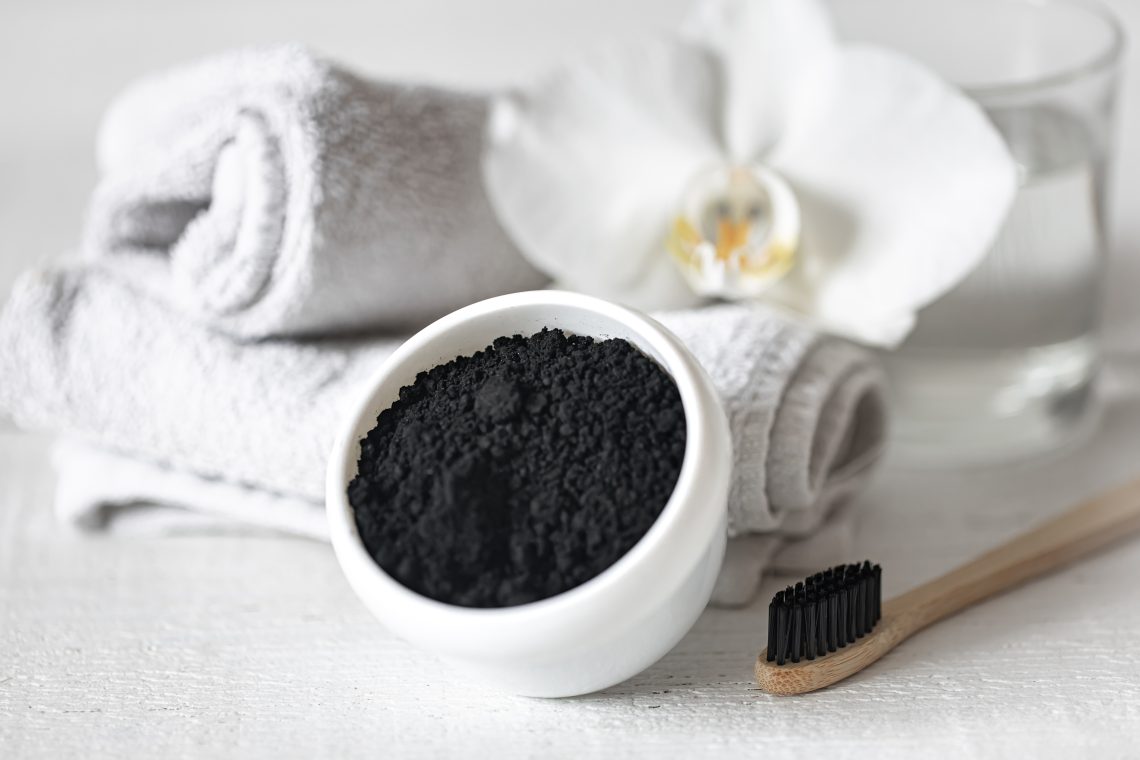

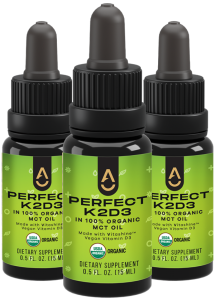








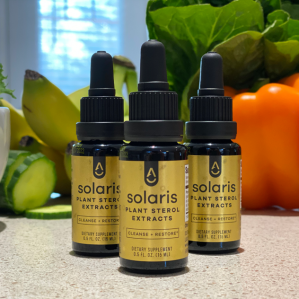
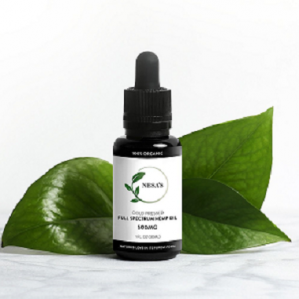
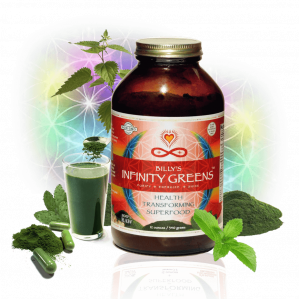

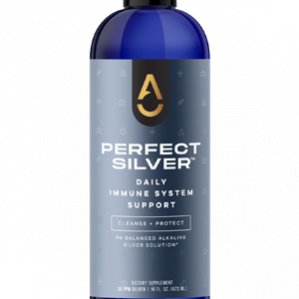











0 Comment